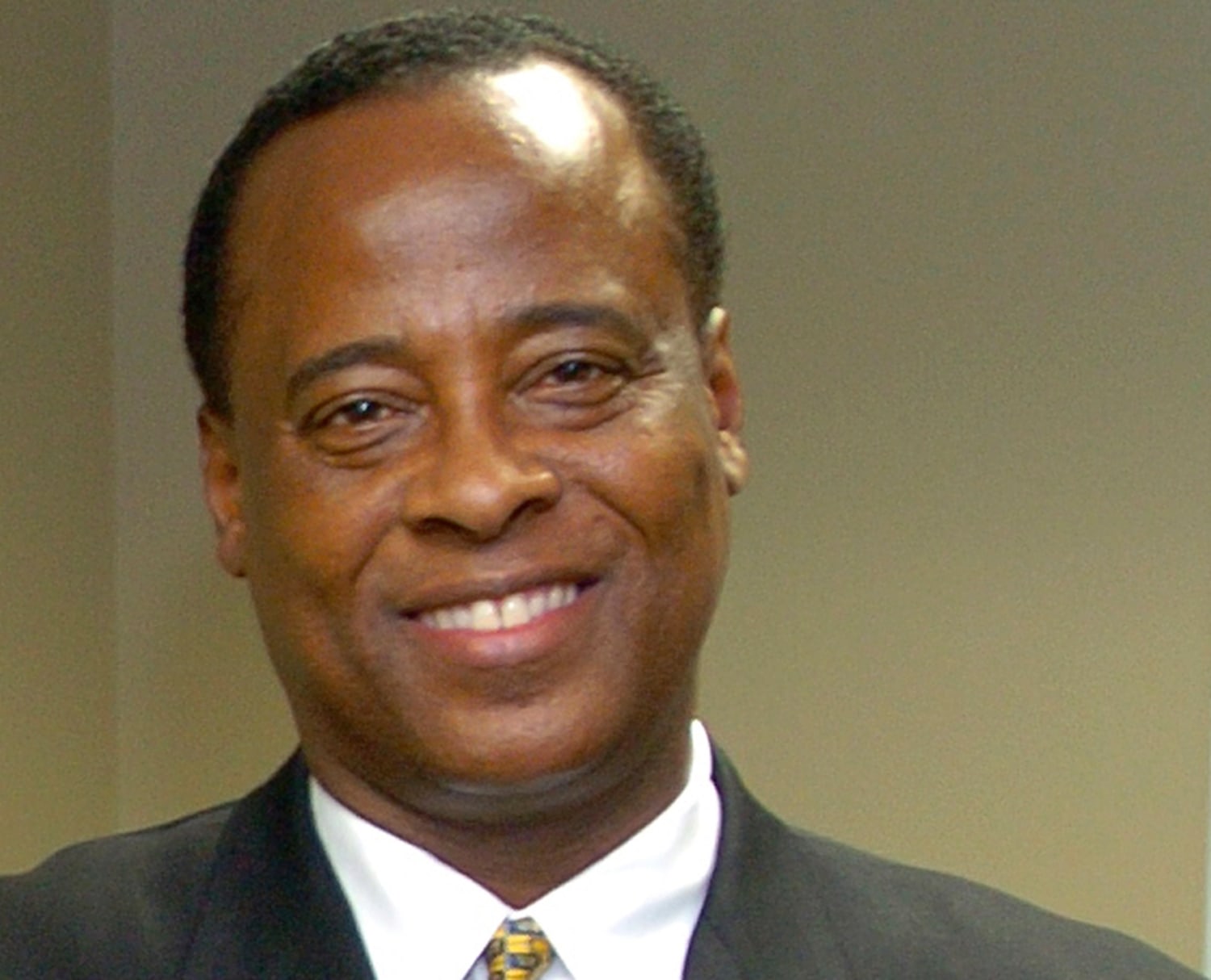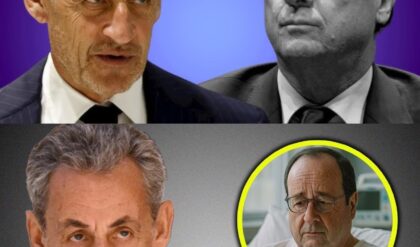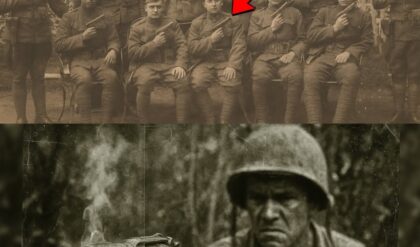On the morning of June 25, 2009, the world woke up to a narrative that was, in its stark simplicity, a tragedy for the ages. Michael Jackson, the King of Pop, was dead. The official cause: a cardiac arrest triggered by a potent cocktail of sedatives administered by his personal physician, Dr. Conrad Murray. The story was quickly cemented in the public consciousness as an “accidental overdose,” a heartbreaking consequence of a star’s long-standing battle with insomnia and a doctor’s unforgivable recklessness.
Dr. Murray was tried, convicted of involuntary manslaughter, and sentenced to prison. The legal case was closed, but for millions of people and, most importantly, for Michael’s family, the story never felt complete. There were too many unsettling details, too many unanswered questions, and too many whispers of a truth far more complex than a mere medical mistake.

To truly understand what happened in Michael Jackson’s final hours, one must look back at a lifetime of struggle. Michael’s journey toward his tragic end did not begin in 2009, but decades earlier, in 1984, on the set of a Pepsi commercial. A pyrotechnic mishap left him with severe third-degree burns on his scalp, an incident that, according to authors Matt Richards and Mark Langthornne in their book, 83 Minutes, marked “the beginning of the end.” The physical pain from that accident, and a later on-stage injury in 1997, became a persistent demon, leading to a decades-long dependence on powerful pain medications. By the time of the This Is It comeback tour rehearsals, Michael was a fragile figure, emaciated and grappling with chronic insomnia, a result of his body’s deep-seated reliance on prescription drugs.
The pressure on Michael was immense. Faced with significant financial challenges, the 50-night London residency was not just a career opportunity but a vital lifeline for his reputation and his family’s future. The physical demands of the tour were monumental, but Jackson’s health was failing. He was noticeably thinner and weaker, a fact that alarmed those around him. Filmmaker Brian Michael Stoller, who visited Jackson in April 2009, recalled hugging him and feeling “like hugging bones.” A friend and confidant, Dr. Furo Carr, admitted, “I wasn’t terribly surprised when I got the news.” These were not just idle observations; they were the words of people who witnessed a legend being pushed to his absolute physical and mental limits.
At the center of this grim picture was Dr. Conrad Murray. Hired by the concert promoter, AEG Live, to care for the star, Murray became the sole gatekeeper of Michael’s health. While the public saw a man with medical credentials, the reality of his relationship with Michael was far more dangerous. According to reports from the trial, Murray had his own financial troubles and, in a twisted turn of events, became entangled in a codependent relationship with his famous patient. He provided Michael with the very drugs that were slowly breaking him down, including the powerful surgical anesthetic, propofol, which Michael had chillingly nicknamed “milk.”

The night of June 24, 2009, stands out for its tragic contrast. After struggling through earlier rehearsals, Michael had an extraordinary final session at the Los Angeles Staples Center. He was vibrant, energetic, and performed his entire repertoire of hits flawlessly until midnight. The crew left feeling optimistic, believing they were on the right track.
But that energy was a final, brilliant flash before the dark. Back at his rented mansion, Michael couldn’t calm his mind. Dr. Murray was tasked with helping him sleep. Between 1:30 a.m. and 3:00 a.m., Murray administered a trio of sedatives: Valium, Ativan, and Versed. When Michael’s insomnia persisted, Murray gave him more doses throughout the night.
The true horror of that morning was brought to life by Kai Chase, Michael’s personal chef, whose account provided a humanizing and utterly terrifying timeline of the tragedy. Chase, who had been hired for her focus on healthy, natural foods, witnessed Michael’s dedication to his diet for the tour.
He was a man focused on his health, even as the dark reality of his drug dependency loomed behind closed doors. On the morning of June 25th, Chase recalls noticing that Dr. Murray had not come down to get Michael’s morning juice. Then, at around 12:05 p.m., Murray ran frantically down the stairs, screaming for Michael’s oldest son, Prince.
The sudden energy shift was palpable. Chase saw the children gathered in the hall, Paris crying, and then paramedics rushing up the stairs. She was told to leave the house as Michael was being transported to the hospital, leaving her and the children to pray in the quiet chaos.
The details that emerged from the trial and subsequent reports painted a picture of grave negligence. After administering the final, lethal dose of propofol at 10:40 a.m., Murray left the room. When he returned, he found Michael unresponsive, not breathing. For the Jackson family, this was not just carelessness; it was an act of abandonment. They believed Murray was merely a pawn in a far more complex and sinister chess game.
This brings us to the most poignant and powerful voices in the story: Michael’s children. Paris Jackson has never wavered in her belief that her father was murdered. In a candid interview, she stated that “all arrows point to that. It was a setup.” She described her father in his final days as cold, anxious, and scared, a man who would “cry sometimes.” This was not just a grieving daughter’s emotional plea but a witness’s account of a man living in constant fear.
Paris saw the people around her father who, she believes, were “breaking him down” both mentally and physically. For Paris and her aunt La Toya, the verdict against Murray was not justice, but a “thin veneer” covering up a larger truth that everyone in the family knew.
Paris’s words hint at a broader, more systemic problem in the music industry, a notion that Richards and Langthornne allude to as the “VIP syndrome.” It’s a phenomenon where the rich and famous are given whatever they want, no matter how dangerous, because of their power and influence. Michael’s long history of drug dependence, his intense financial pressure to perform, and the shady characters who entered his inner circle all converged to create what some see as an “inevitable outcome.”
This was a man who, in a public press conference in 2002, had directly accused music industry executives of “conspiring against the artists.” His death, for many, was the final, tragic fulfillment of that public defiance.
While some conspiracy theories may sound outlandish, the core of the family’s beliefs rests on a foundation of undeniable facts: a history of drug use, a life of immense pressure, and a final, fatal decision by a doctor who was as compromised as his patient. The case may have been closed in a courtroom, but in the court of public opinion and in the hearts of those who loved him, the mystery of Michael Jackson’s death remains an open and painful wound. His passing was not just a medical accident, but a tragic culmination of a life-long battle against pain, pressure, and the very industry he dominated.


